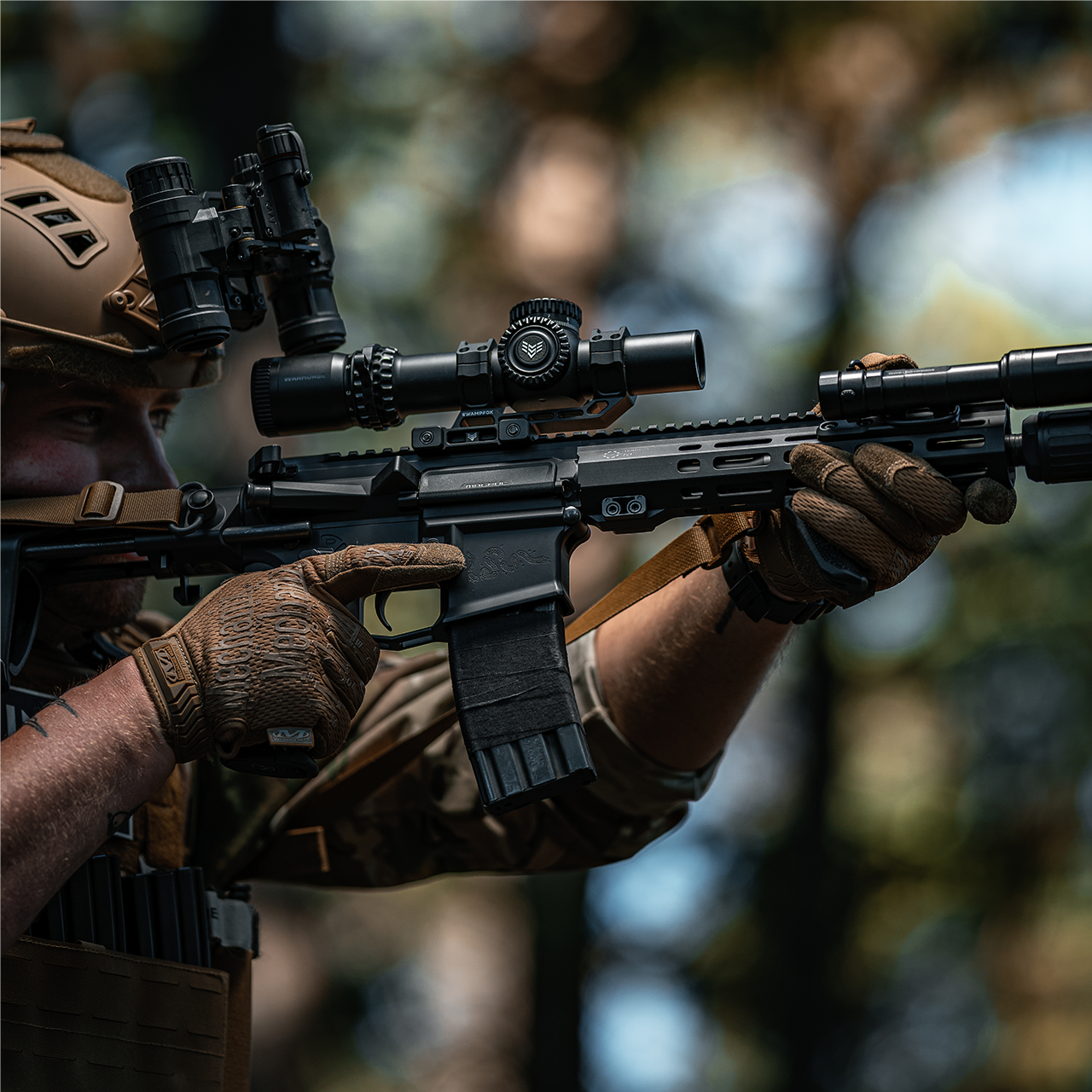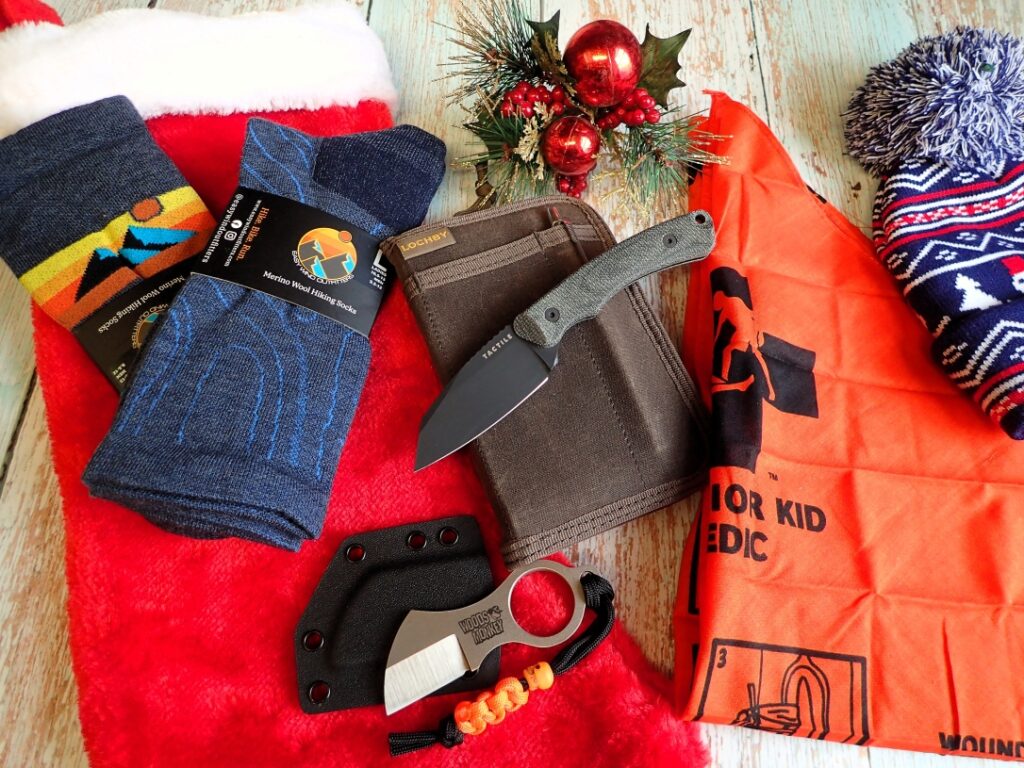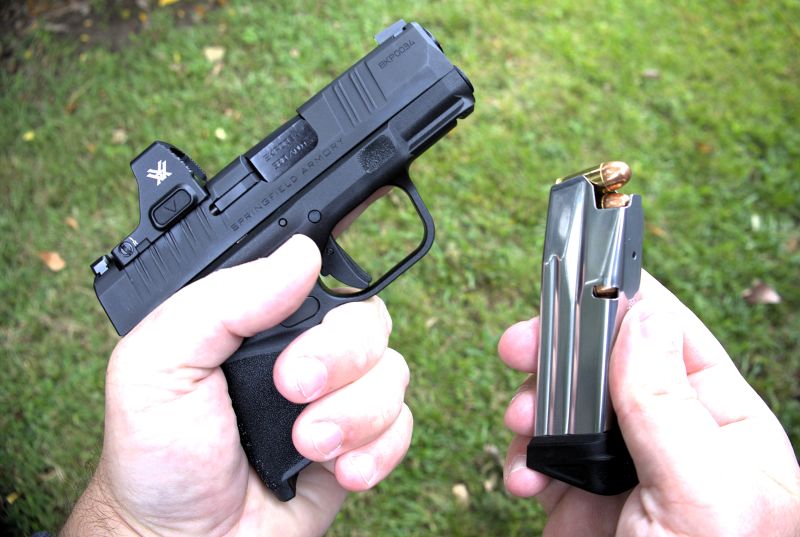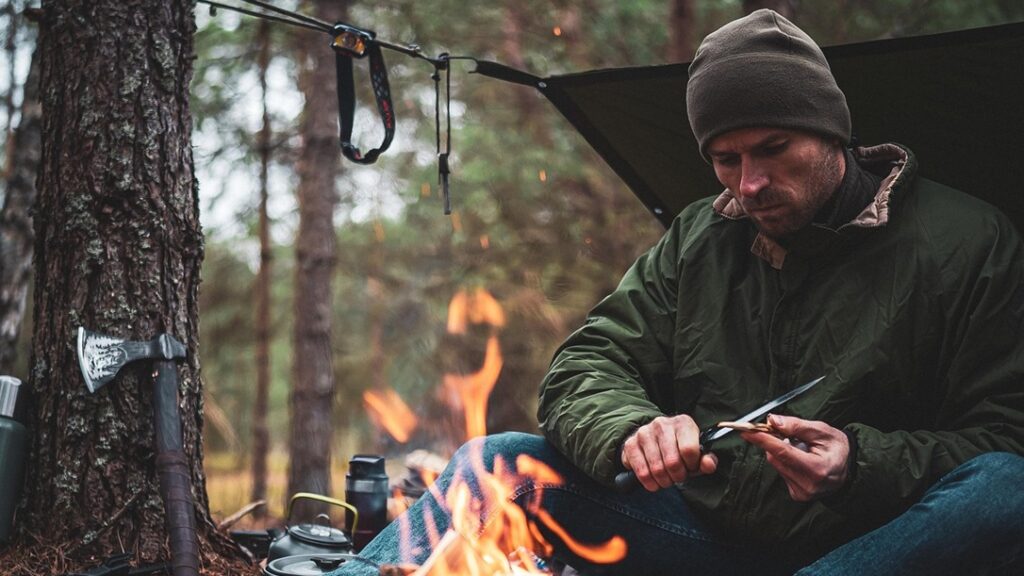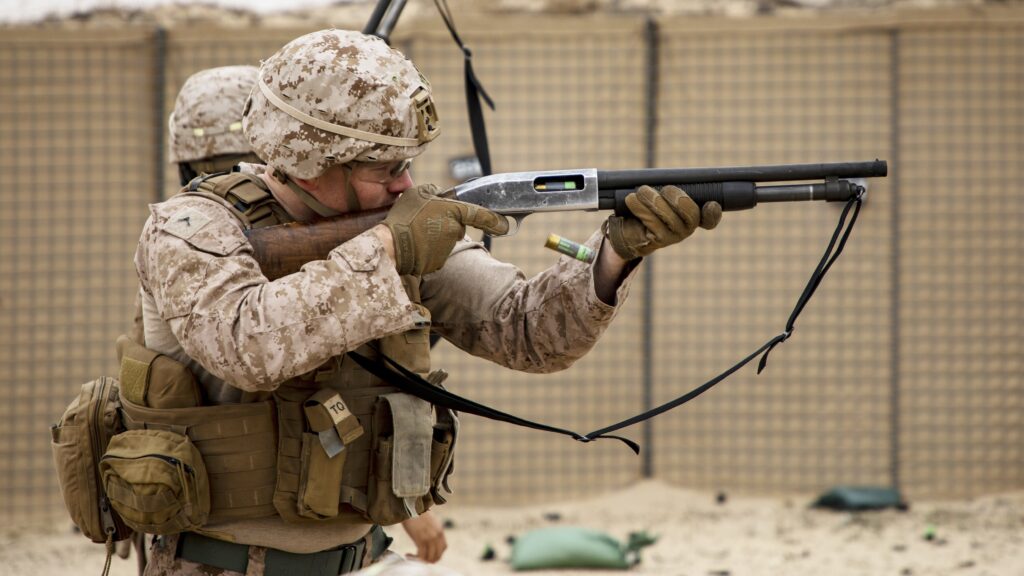Low-power variable optics are all the rage and continue to be a popular choice for carbines, rifles, and even PCCs in the right conditions. The LPVO has grown a lot since the old Short Dot. We’ve seen them increase in size and magnification, topping out to 1-12X variants with everything from 1-4X to 1-10X being daily common. One of the latest additions to the LPVO market is the 34mm tube.
To 34mm or Not to 34mm?
The typical LPVO uses a 30mm tube, which is a fairly common diameter and one we see amongst cheap and expensive LPVOs. In the last few years, we’ve seen the 34mm tube peek out of the rubble and make its way into the LPVO market. With that said, is the 34mm tube worth it? What are the benefits? What are the downsides? That’s what we’ll explore today.
The 34mm Tube – What It’s Not
The biggest claimed improvement of the 34mm tube is supposed to be increased light transmission. Better light transmission means a brighter, clearer picture with better low-light performance. That sounds fantastic, but it’s a half-truth. This big old tube offers more light potential, but it takes more than just a big tube.
Advertisement — Continue Reading Below
The 34mm allows you to use a 30mm objective lens, which will increase light transmission. We also need the right high-quality coatings and good glass. You combine those three things, and the big tube helps increase light transmission.
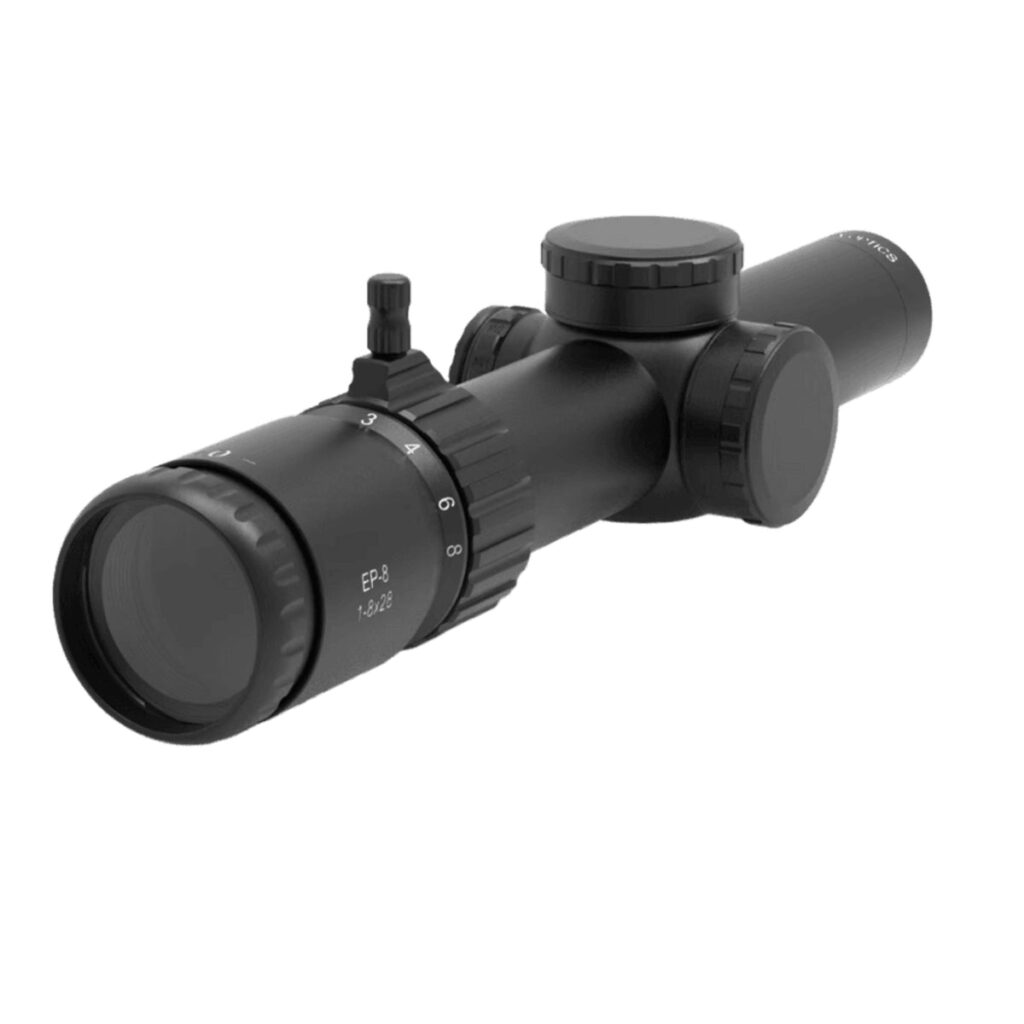
I’ve seen 34mm tubes with 24mm objective lenses, and that’s a bit of a silly combo. Sure, there are some other benefits besides light transmission, but there are also downsides, and you aren’t getting the biggest upside of the big tube. The 34mm tube is one part of the equation for getting a brighter, clearer picture when looking through an LPVO.
Advertisement — Continue Reading Below
So What Are the Benefits of the 34mm Tube?
First, we get a wider adjustment range. Big tubes give you more room to make adjustments. More adjustments can be great for zeroing an odd setup, I suppose, but the real benefit comes when you want to make precise adjustments. This is why 34mm tubes are so common on precision optics.
With that said, how many people are doing that with LPVOs versus just using the fairly versatile reticles most LPVOs come with these days? Still, a benefit is a benefit.
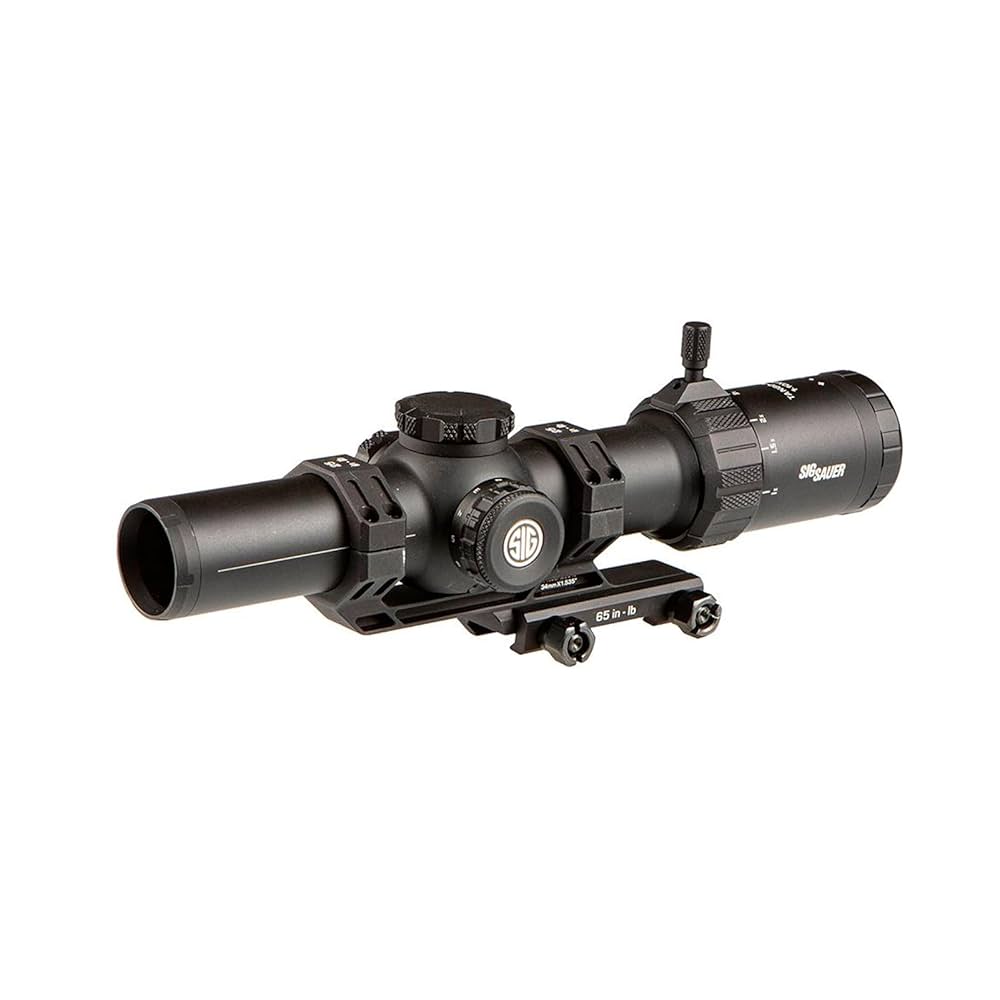
Advertisement — Continue Reading Below
The larger tube can be more durable. It’s thicker and often less likely to break or fail. It also provides more protection to the internals of the optic, which are what is most likely to break.
Downsides of The Big Tube
Bigger things are heavier things. A 34mm tube weighs more than a 30mm tube, and you’ll see that. It makes an LPVO a fair bit heavier, and light is good when it comes to carbine optics. Not only does your optic weigh more, but your mount will weigh more.
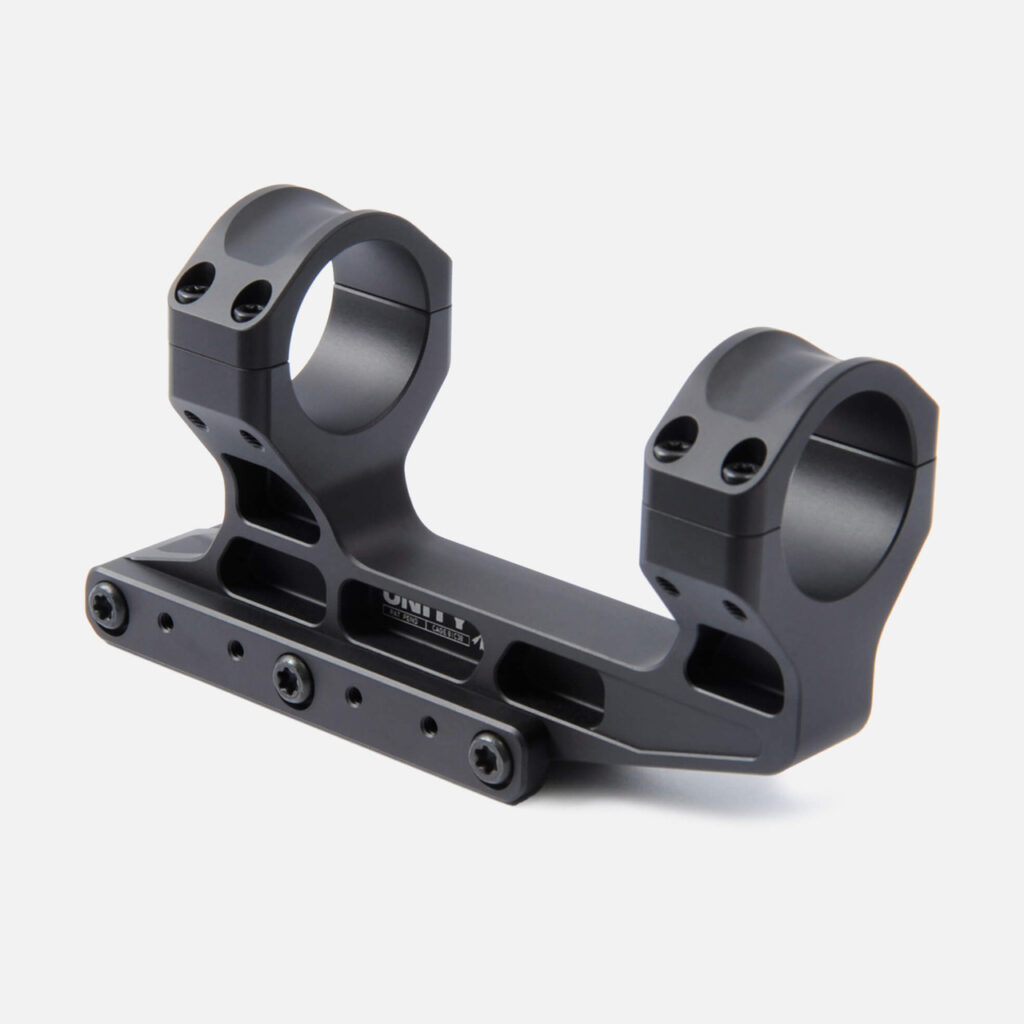
Advertisement — Continue Reading Below
Oh, and speaking of mounts, you’ll have fewer options. You can find plenty of 34mm rings, but finding modern LPVO mounts for modern carbines in the 34mm range is tougher. They will be more expensive and harder to find, with an overall smaller selection.
Oh, and cost, bigger tubes are more expensive, and 34mm tubes are pricier than 30mm tubes.
Worth the Squeeze?
I’m not an expert, but the advantages of the LPVO with a 34mm tube seem to be fairly small. Even the benefits aren’t that beneficial unless you’re embracing a larger objective diameter, and again increasing the cost and weight of your low-power variable optic. I might not see the value, but I’m willing to learn. Until then, I’ll stick to my 30mm tubes.
Advertisement — Continue Reading Below
